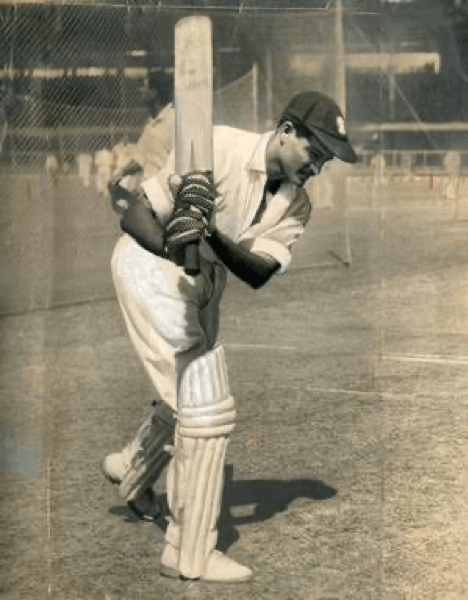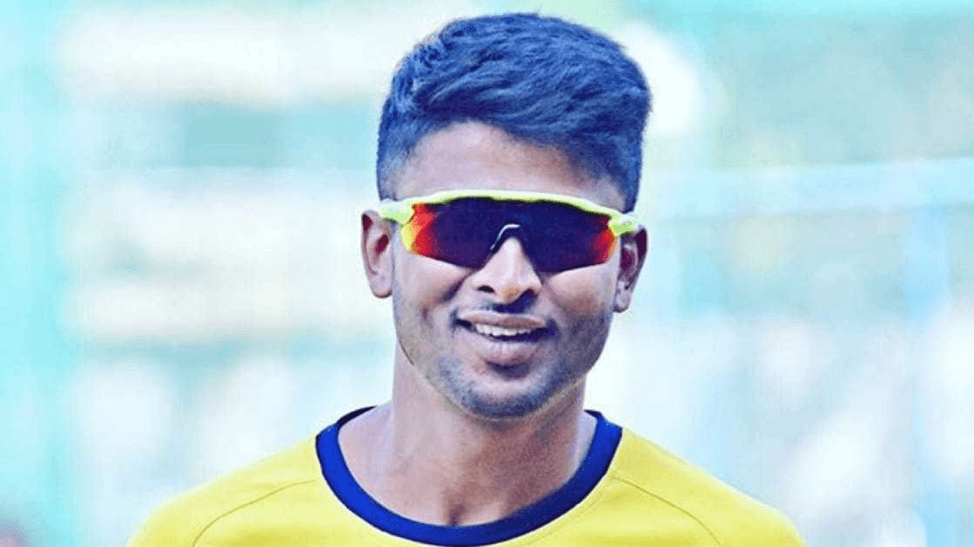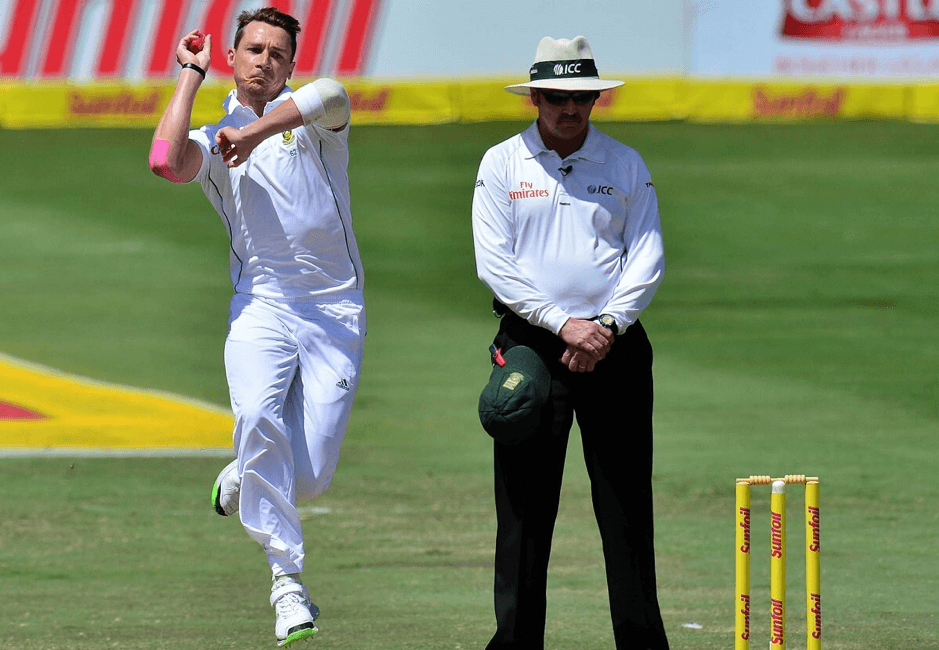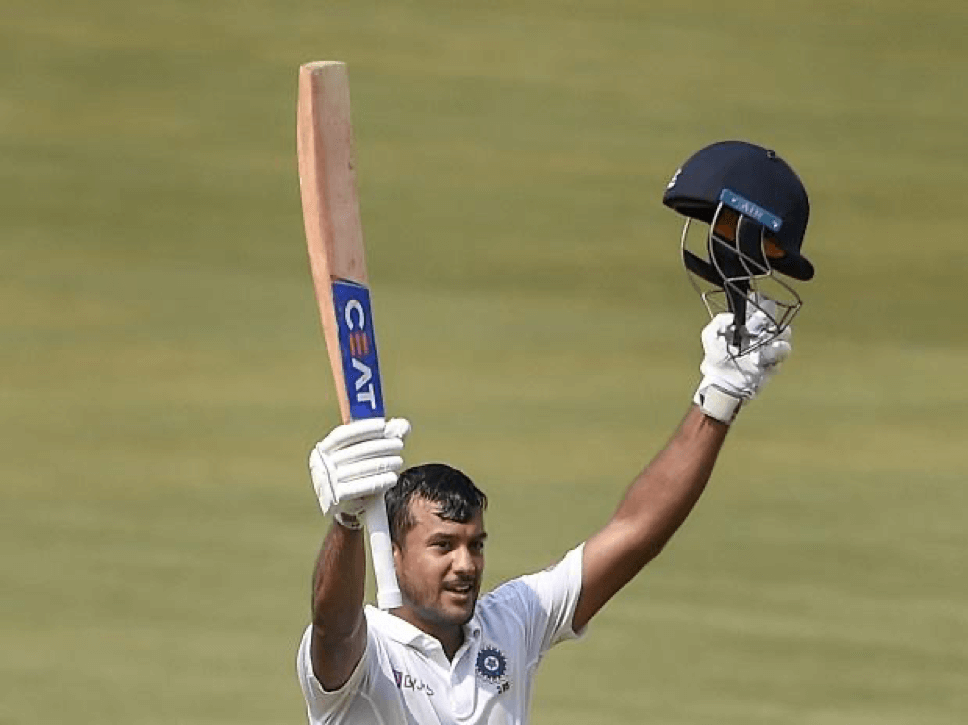TURNING BACK THE CLOCKS TO INDIA’S HISTORIC FIRST WIN AGAINST AUSTRALIA
When Australia toured India for a five-match Test series in 1959, fans of Indian cricket feared the worst. Australia and India could not have been further apart in terms of quality, form and stability leading up to the series. Australia were on an incredible run of 11 wins and 0 defeats from 16 matches, most coming under the charismatic leadership of legendary all-rounder Richie Benaud. India, on the other hand, had failed to impress in the past few years, failing to register even a single win in their last three series’ against Australia, the West Indies and England respectively. Both teams’ recent form suggested that claiming their first win in history over Australia would be a mammoth task for the hosts.

As far as captains go, Richie Benaud was in a league of his own and the Indians had their reasons to worry
India’s worrying captaincy situation which had resulted in them fielding 4 different captains when West Indies toured in 1958 exemplified the quagmire Indian cricket found itself in during the late 1950s. This worrying run of form culminated in an embarrassing 5-0 thrashing away to England in the early part of 1959. That 3 of the 5 losses were innings defeats served as a damning indictment of the state of Indian cricket.
This England team had itself been humiliated recently by Benaud’s relentless Australian side when they faced the daunting task of retaining the Ashes down under in 1958. Benaud’s side were the best on the planet and all the events leading up to their tour of India signaled a landslide series triumph for the visitors.
GS Ramchand, who was among several considered for captaincy during the West Indies series replaced Dattu Gaekwad as Indian captain against Australia. The first Test at Delhi’s Feroz Shah Kotla served more ominous signs for India as the hosts succumbed to another innings defeat, thanks to a Neil Harvey century. Right-arm leg spinner Richie Benaud was the pick of the bowlers as he accumulated 8 wickets over the course of the first Test. Nari Contractor’s tenacious batting effort and Polly Umrigar’s impressive bowling performance were the only positives in an otherwise bleak Test match for the Indian side.
The 2nd Test match saw the teams go head-to-head at Kanpur’s Green Park stadium. Lala Amarnath, the head of the selection committee at the time, decided to call up veteran off-spinner Jasu Patel to the side as he believed his bowling could cause Australia problems on Kanpur’s newly laid, spin-friendly turf pitch. The 35-year-old had played only 5 Test matches for India with his international career thought to be over at the time of this call up.
India posted an unconvincing total of 152 on Day 1 after winning the toss and electing to bat first. Benaud and his partner in crime, legendary left-arm medium pacer Alan Davidson tore through India’s batting order, picking up 9 wickets between them. The pair’s unstoppable bowling effort meant that no Indian batsman scored over 25 runs in the first innings.
The first session of Day 2 saw the Aussies make an emphatic start, heading into lunch at 128-1. It had been more of the same from both sides and the typical brilliance of this Australian team combined with the uninspired efforts of this Indian team that had the hosts staring down the barrel of yet another embarrassing defeat on home soil. Although Jasu Patel dismissed Gavin Stevens, the Indian bowling attack had not posed sufficient threat to the Australians as Neil Harvey and Colin MacDonald consolidated the innings before going into lunch. Before restart, Lala Amarnath asked skipper GS Ramchand to change Patel’s bowling end so that he could bowl at Alan Davidson’s footmarks from the previous innings.
This turned out to be a masterstroke as Patel’s very first delivery after lunch breached the defense of MacDonald to give India a much-needed breakthrough. What followed was a spell for the ages as Patel took an unprecedented 8-24 in the session. He produced significant turn bowling into the footmarks and knocked over the Australian batting lineup almost entirely by himself. The offie’s astonishing 9-69 would go on to be the best bowling figures in a single innings by an Indian bowler until a certain Anil Kumble took 10 against Pakistan at Feroz Shah Kotla in 1999. What makes it more remarkable is that only 1 of his 9 wickets was assisted by another member of the team. Moreover, five of his nine scalps were bowled out by the spinner.

Jasu Patel’s mesmeric spell put a spell on Indian cricket forever
Alan Davidson had added to his heroics from Day 1 by being the only player to put up an admirable fight amidst the onslaught, scoring a well fought 41 before being knocked over by Patel. He managed to guide Australia to a respectable 219 with Chandu Borde picking up the only other wicket, that of Australia’s talismanic batsman Norm O’Neill.
Patel’s phenomenal effort injected belief into an Indian side which was in desperate need for a miracle such as this to overcome its floundering form. India had clawed their way back in but still had a long way to go to overcome the indefatigable Aussies. The Indian batsmen walked out with a renewed sense of spirit and determination to put up a fight against Australia’s legendary bowling lineup.
Nari Contractor’s impeccable 74 was supported well by the likes of Chandu Borde, Ramnath Kenny, Ali Abbas Baig and Bapu Nadkarni and propelled India to a score of 291. As a result, India managed to secure a very defendable lead of 224 and put the pressure back on the Aussies. Alan Davidson single-handedly carried the Australian bowling lineup producing career best figures of 7/93 and 12/124 for innings and match respectively. What helped India to such an impressive score was how they countered Richie Benaud on a slow, spinning track, allowing him just the one wicket in his 38 overs.
The onus was now on Australia to produce a batting masterclass to overcome the resurgent Indians on an increasingly weary pitch.
Australia ended Day 4 at 59/2, having just lost the important wicket of the in-form Neil Harvey a few overs before the end of play. That and Norm O’Neill’s wicket within the first few overs after restart on the final day served as the catalyst to Australia’s downfall as other batsmen failed to cope with the spinning track. Jasu Patel and fellow off-spinner Polly Umrigar proved to be unplayable on the final day for the struggling Australian batsmen who crumbled for a measly 105. Colin MacDonald offered stern resistance but eventually fell for a hard-fought 34. MacDonald was the 9th and final wicket to fall as Gordon Rorke had already withdrawn from batting due to injury.
Umrigar picked up an impressive 4/27 in his 25 overs while his bowling partner, Patel cemented his name in the history books with bowling figures of 5/55 for the innings and 14/124 for the match. Ironically, Umrigar had resigned from captaincy during West Indies’ tour of India due to the board’s insistence to include Patel in the side when Umrigar wanted an extra batsman. A year later, the duo formed a formidable partnership and bowled their hearts out to deliver India its first win against an incredible Australian side against all odds. The impact of this victory was so telling that it would make Patel the first cricketer alongside Vijay Hazare to be honored with the Padma Shri.
This victory set the stage for India to put up an admirable fight against their formidable opponent in the 5-match series. Although, they would eventually lose the series due to a defeat in the 4th test at Chennai, the underdogs rescued impressive draws in the 3rd and 5th matches at Mumbai (then Bombay) and Kolkata respectively.
Nari Contractor built on his incredible innings in the Kanpur test with an impressive century in the 3rd Test and finished the series as the leading run scorer with 438 runs to his name. GS Ramchand proved to be a worthy leader as he skillfully managed the injury-hit bowling attack of the Indians to elicit competitive performances from his side. Jasu Patel featured in the 4th and 5th Test matches, having missed the third through illness, but was incapable of repeating the once-in-a-lifetime performance he had produced at Kanpur. The final Test match at Kolkata proved to be Patel’s last.

Nari Contractor puts his innings against Australia as his finest
Thus, a miraculous bowling effort from India’s forgotten veteran instilled hope in a side that needed magic to lift itself from the ashes of its past failures. This victory gave India a promising end to what had been a torrid decade and served as a blueprint for success for years to come.
India would go on to clinch their first series victory against England and their first overseas series win against New Zealand in the following decade, but all that would not have been possible without the miracle at Kanpur.
Read More
KRISHNAPPA GOWTHAM-WAITING ON THE WINGS
TAPAN UNADKAT \
FEATURES
THE TIMELESS ART OF REVERSE SWING
ATUL KUMAR MAURYA \
THE DRAWING BOARD



